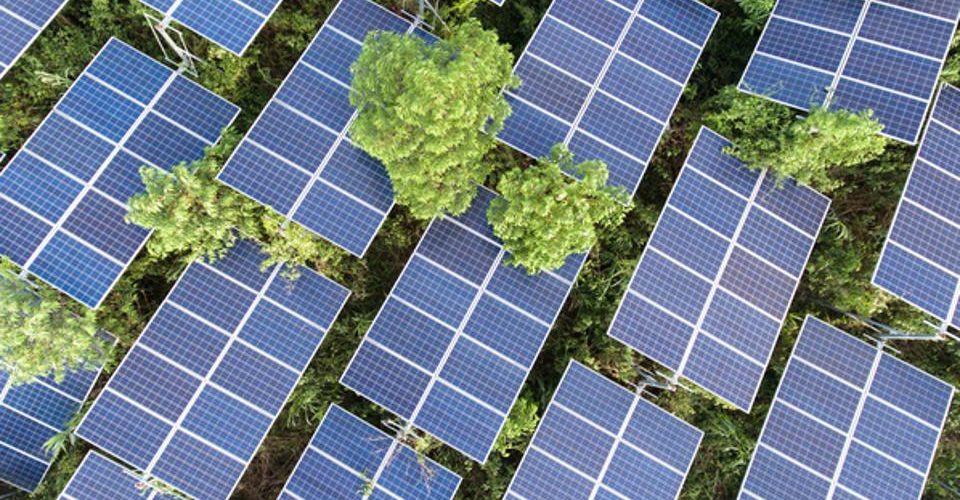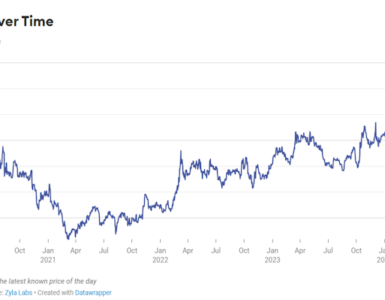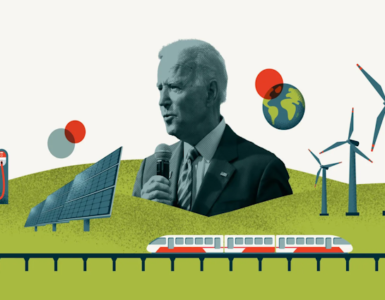What Is A Solar Panel
The sun is the source of solar energy. When the sun’s rays hit a solar panel (also known as a “photovoltaic panel”), they’re converted into electricity which can be used to power electrical loads. Using solar panels helps saving the environment.
In addition to powering distant cabins, remote sensing, telecommunications equipment, and other uses, solar panels can also be used to generate electricity for use in residential & commercial solar electric systems, as well as for a production of electricity by solar electric systems.
How Do Solar Panels Work?
Electricity generated by solar panels can be used to power various electrical devices. Solar panels harvest sunlight and transform it into electricity. Solar cells are made up of layers of silicon and phosphorus (that generates the negative charge), & boron (which gives the positive charge) (that provides the positive charge). The photons that are absorbed by solar panels generate an electric current.
A solar cell generates an electric field, which causes electrons to be liberated from their atomic orbits & drawn into a directed current as a result of the photons striking the panel’s surface.
The photovoltaic effect encompasses the entire process. Solar panels on a typical home’s roof can create more than enough electricity to meet the home’s entire energy requirements, and any extra power generated is fed back into the grid.
Using a well-balanced grid-connected setup, a solar array provides electricity during the day, which is then used to power the home during the night. A battery bank, a charge controller, and, in many cases, an inverter are all required components in off-grid solar systems.
The solar array provides direct current electricity to the battery bank, which is then charged by the charge controller. Afterwards, power is extracted from the battery bank and delivered to the inverters, which converts direct current (DC) into alternating current (AC), which can then be utilized to power non-direct current appliances.
Solar panel arrays, with the assistance of an inverter, may be scaled to satisfy even the most stringent electrical load requirements. In addition to powering loads in commercial buildings or homes, alternating current can also be used to power recreational vehicles & boats as well as remote cabins, cottages and residences, remote traffic controls as well as oil & gas flow monitoring, RTUs and SCADA systems, among many other things.
The Benefits Of Solar Panels
Solar panels are the most practical way to generate electricity for a wide range of uses, and they are becoming increasingly popular. Off-grid life is, of course, the most apparent choice. When you live off-grid, you are not connected to the electric utility grid and so do not have access to electricity or water. Solar power systems are particularly well suited for remote homes and cottages.
Expenses for installation of electric poles & cabling from the nearest main grid access points are no longer prohibitively expensive. Installing a solar energy system can save you money in the long run because they are less expensive & can last up to three decades if they are properly maintained.
Apart from the fact that solar panels allow you to live off the grid, the most significant advantage of using solar power is that it’s a clean and sustainable energy source.
Because of the growing threat of climate change, it’s more necessary than ever to minimize the burden on our atmosphere that greenhouse gas emissions place on it. There are no moving parts in solar panels, therefore they require little to no maintenance. When properly cared for, they are extremely durable and can survive for decades.
What Are Solar Panels Made Of
Solar photovoltaic (PV) panels are made up of a large number of solar cells. Solar cells, like semiconductors, are constructed of silicon. They are made up of two layers: a positive layer & a negative layer, where they both combined to form an electric field like a batter
How Do Solar Panels Generate Electricity
PV solar panels create electricity in the form of direct current (DC). Electrons move in a single direction around the circuit while using direct current energy. A battery can be used to power a light bulb. The electrons travel from the negative side of a battery to a positive side of the battery, passing through the lamp on their way back again.
Electrons in AC electricity are pushed & pulled, like the cylinders of a car’s engine, and they change direction occasionally. When the coil of the wire was spun near a magnet, a generator produces alternating current (AC).
This generator can be powered by gas or diesel, nuclear, coal, hydroelectricity, wind, or solar power. The use of alternating current electricity for the electrical power system in the United States was chosen primarily because it was less expensive to transmit across vast distances. On the other hand, solar panels generate direct current electricity.















